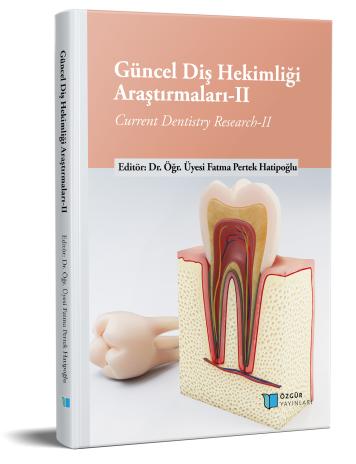
Procedures to Increasing Performance and Durability in Rotary Files
Chapter from the book:
Pertek Hatipoğlu,
F.
(ed.)
2023.
Current Dentistry Research- II.
Synopsis
With the development of Nickel-Titanium (NiTi) root canal instruments from past to present, the duration of endodontic treatments has been shortened and the frequency of complications has decreased. Compared to NiTi instruments and stainless steel instruments, the shape memory and superelasticity properties of the NiTi instrument greatly reduce the risk of instrument breakage. NiTi alloys used for the making of endodontic files consist of 56% nickel and 44% titanium by weight. This alloy produced is a salt-resistant, waterproof and non-magnetic alloy. NiTi alloys exhibit two different crystal structures, called martensite and austenite, depending on the ratio of elements in their structures. The transition of the alloy between austenite and martensite structures occurs due to stress and heat. While the alloy is in martensite structure, it is soft and easily deformed, while the austenite structure is hard and strong. By improving the surface properties of NiTi tools, it is desired to increase flexibility, cutting efficiency and cyclic fatigue resistance. Thus, advantages such as reduction of iatrogenic errors and complications that can be seen as a result of shaping, and faster completion of the treatment have been obtained.

